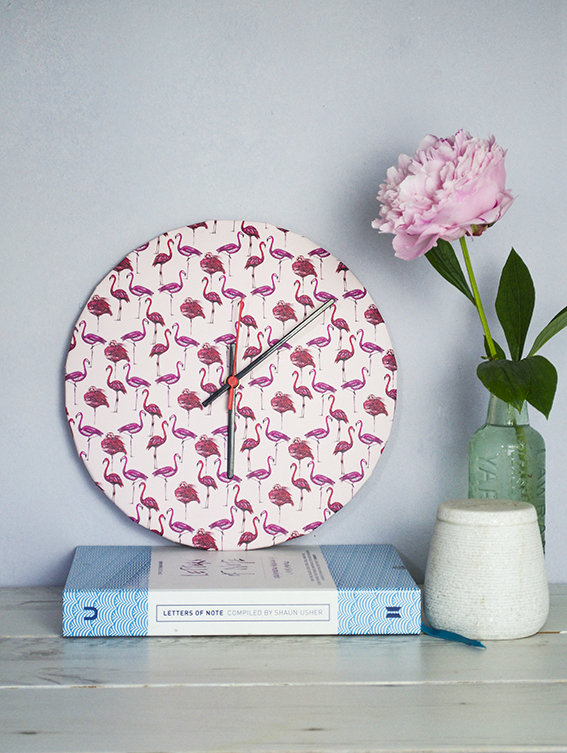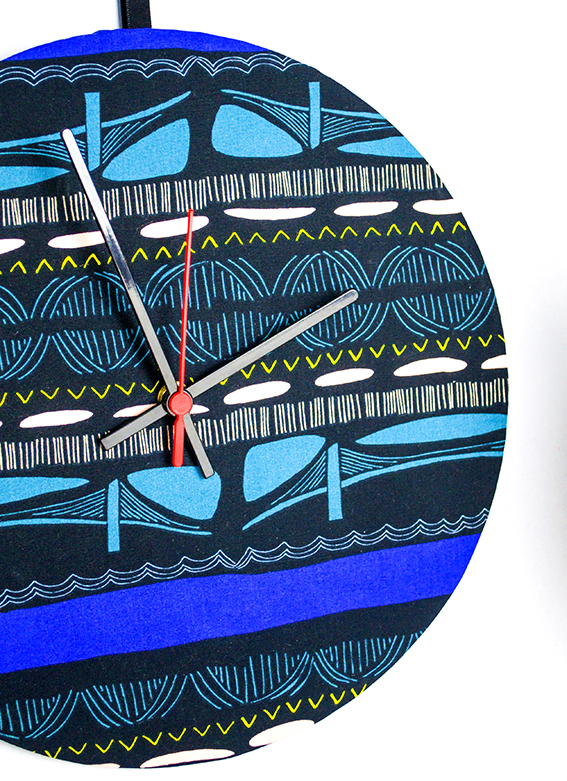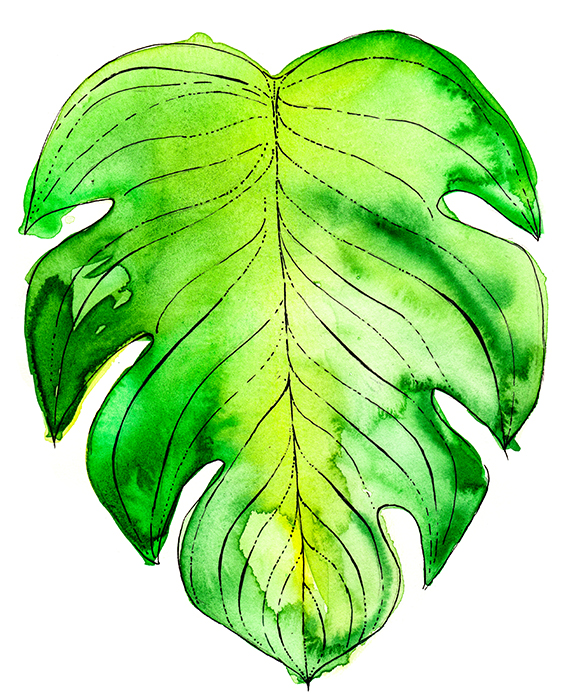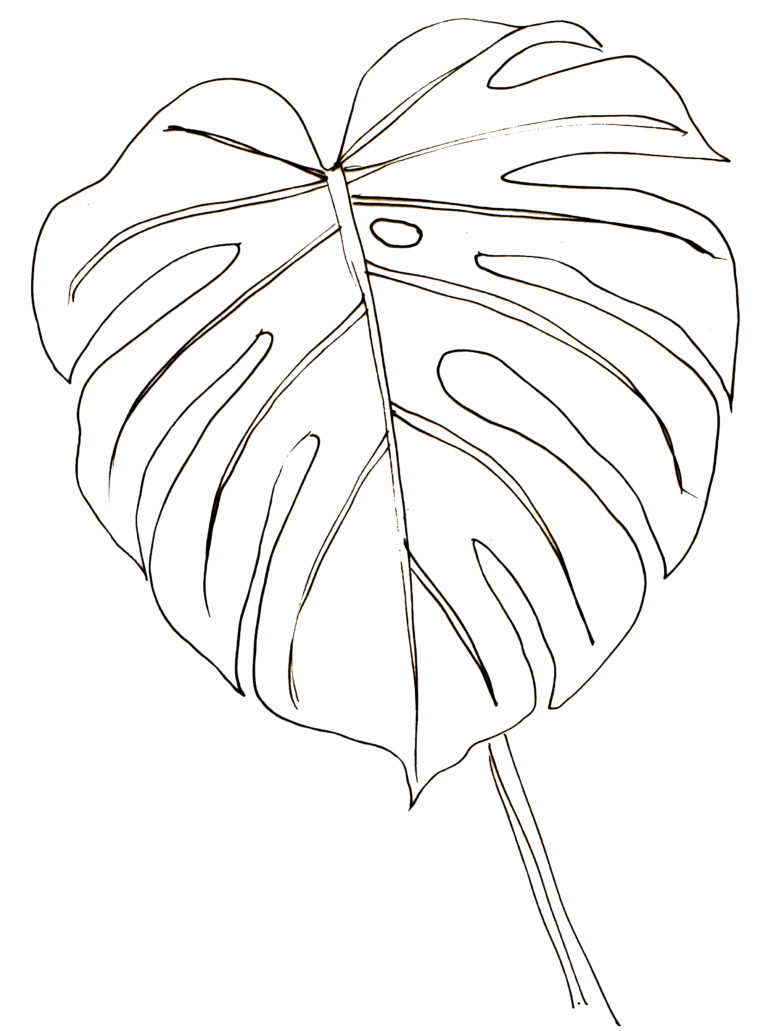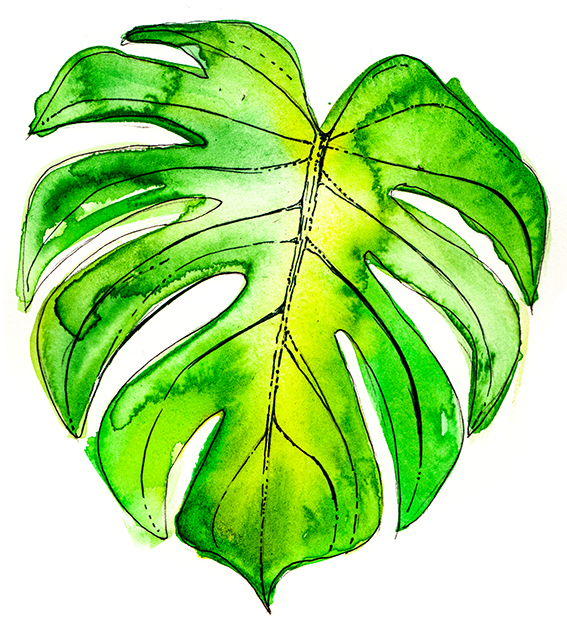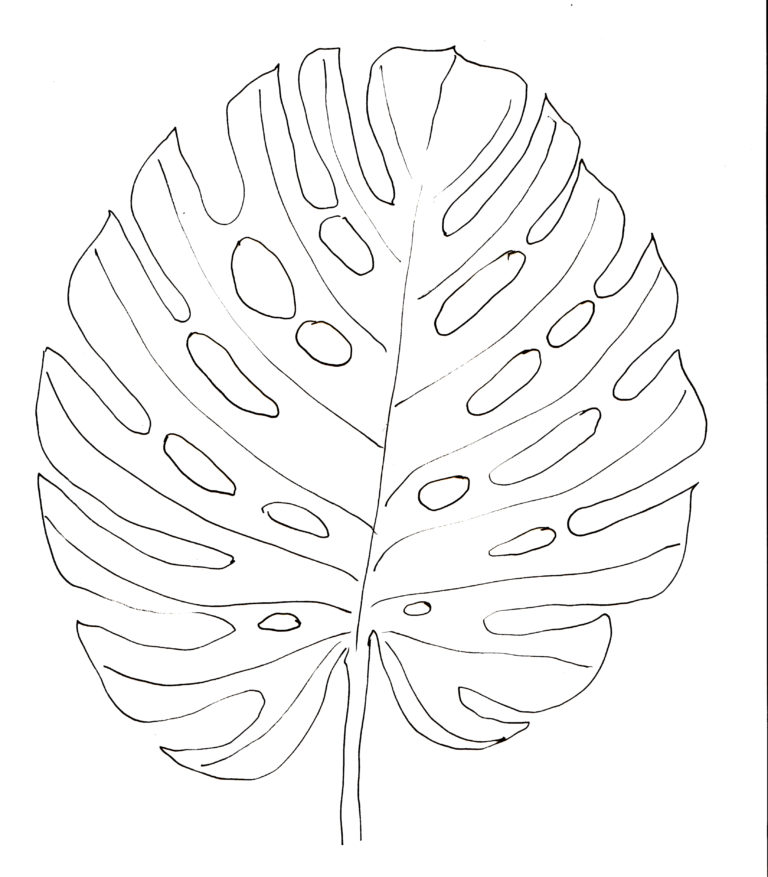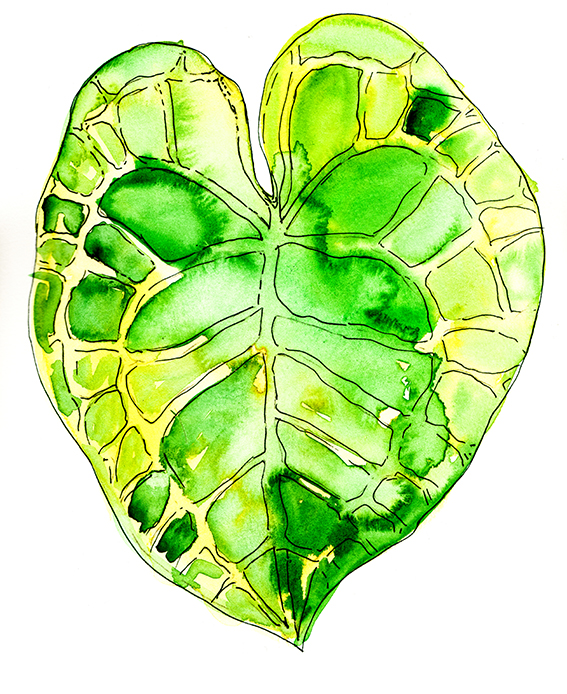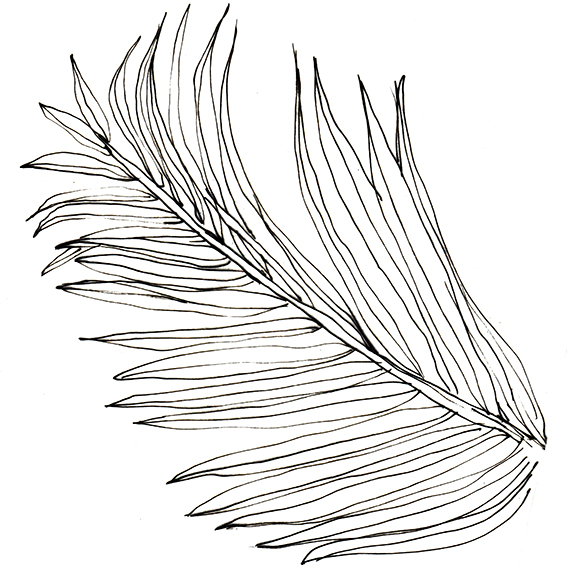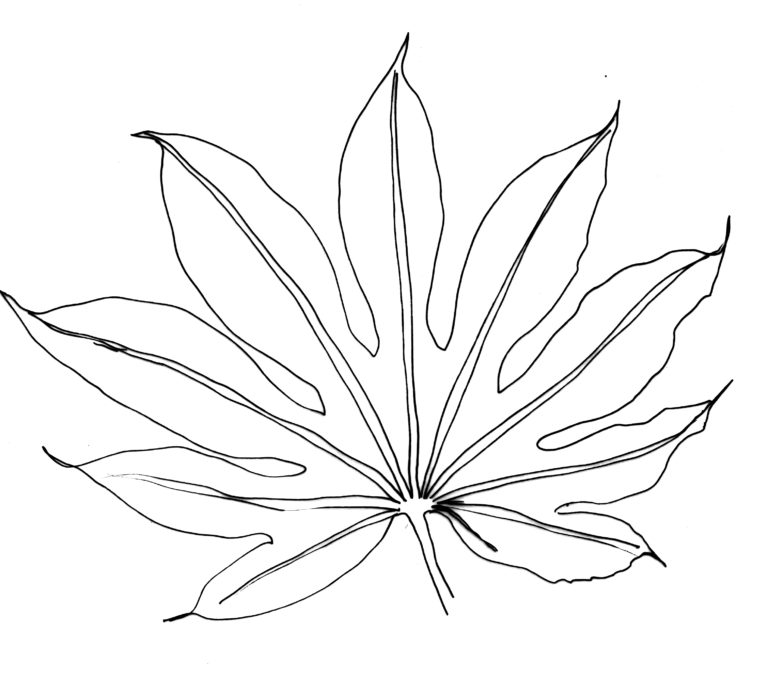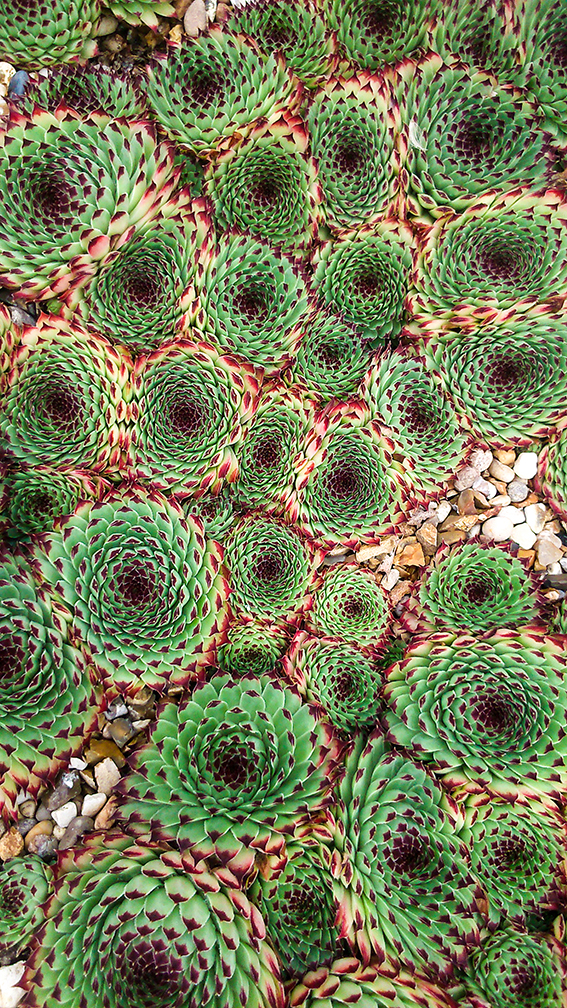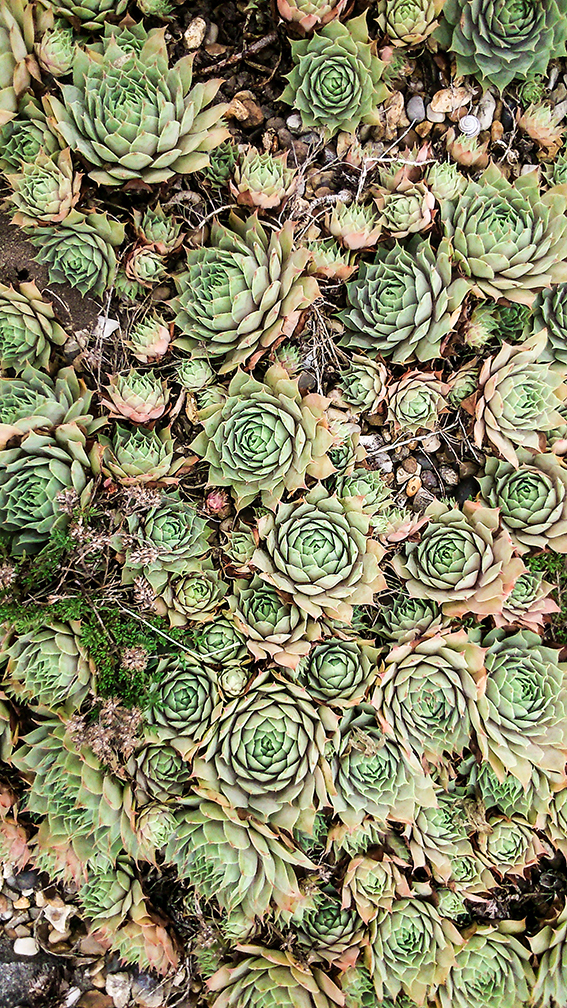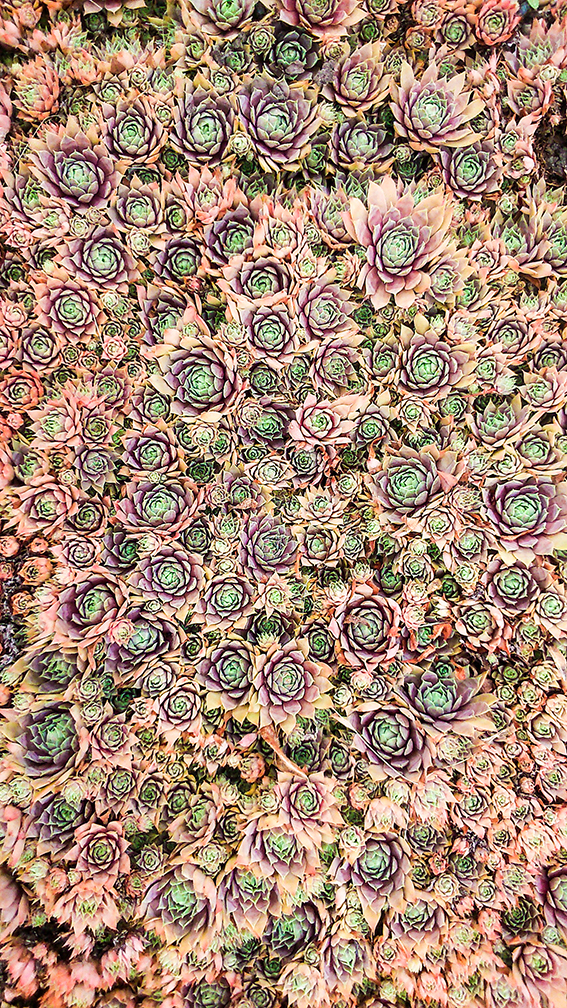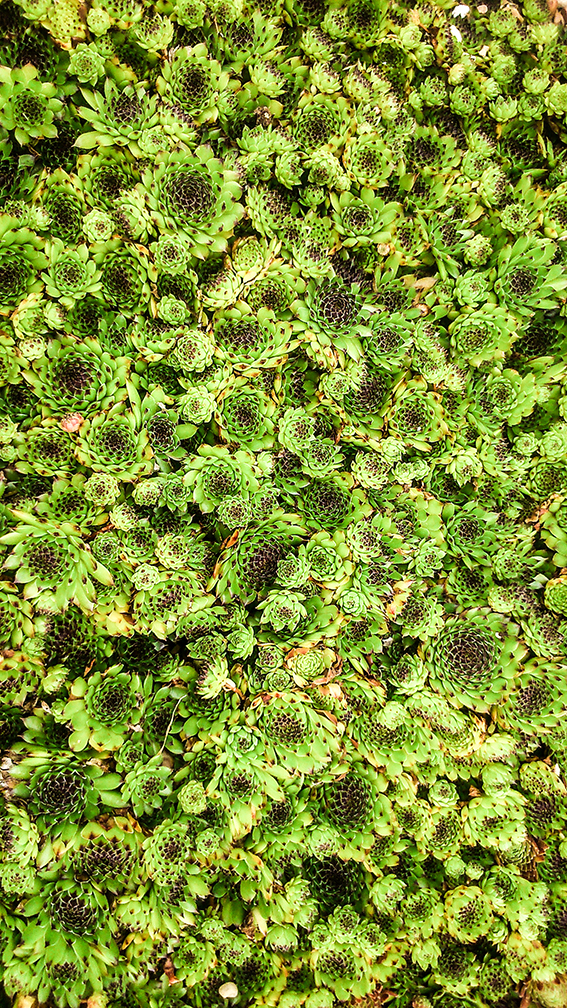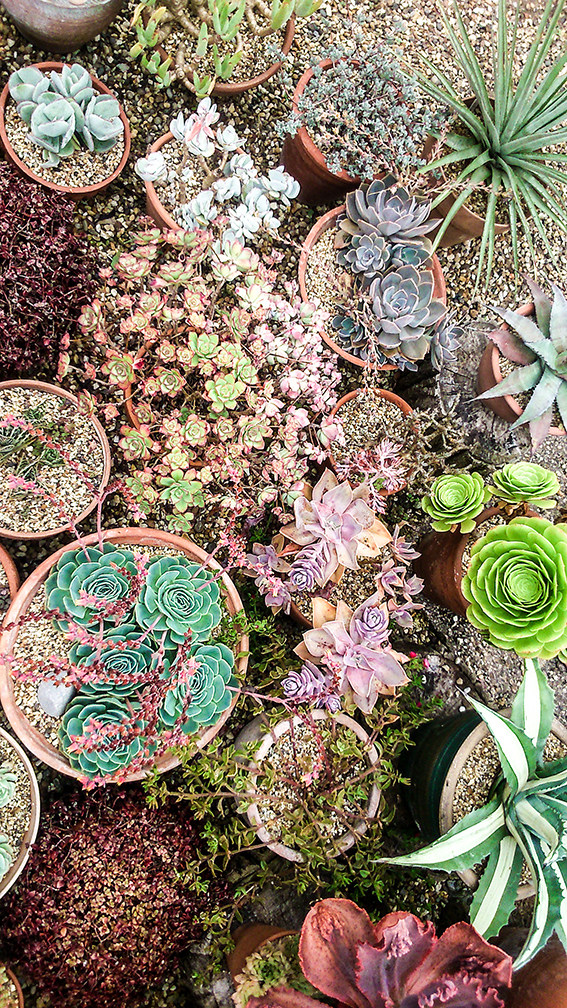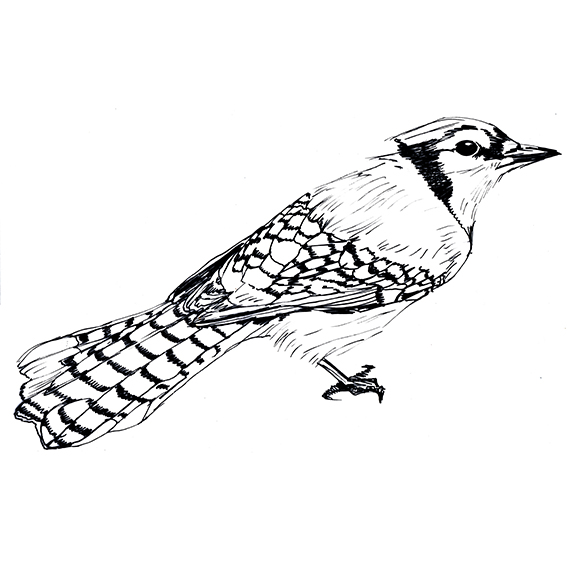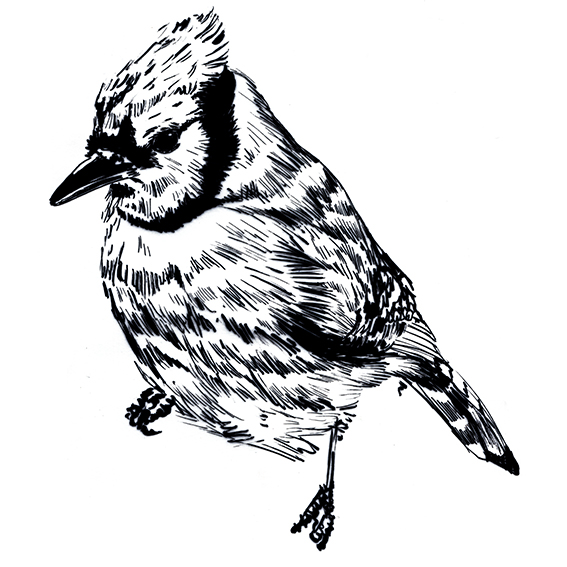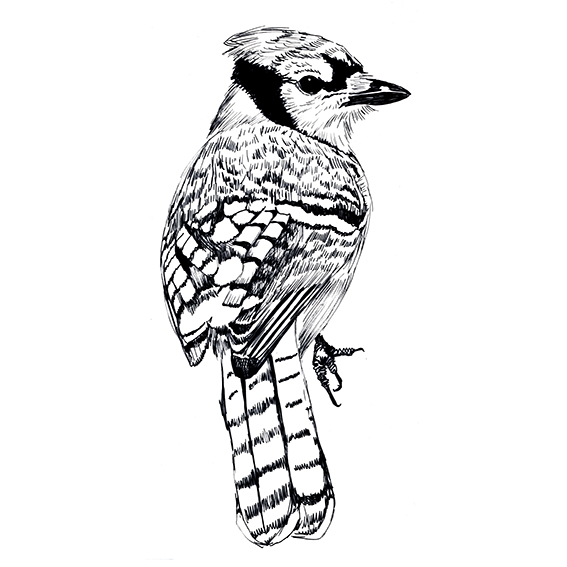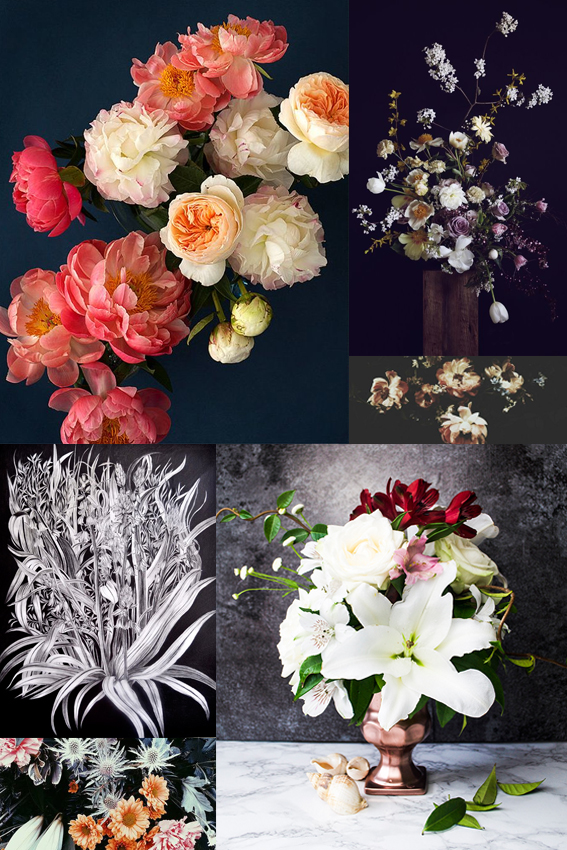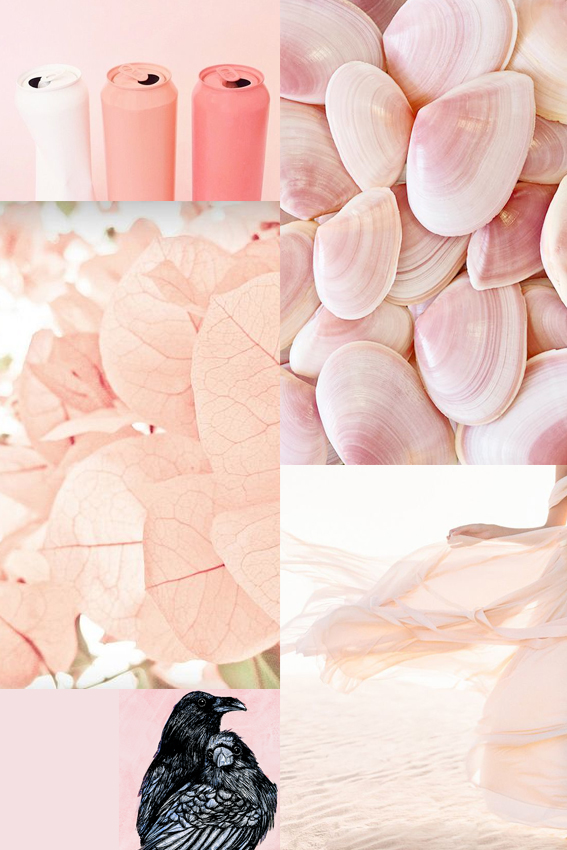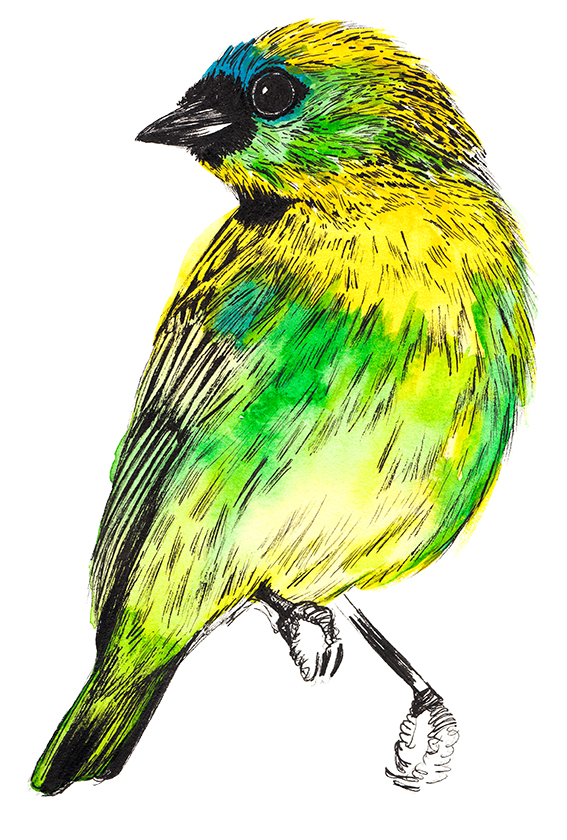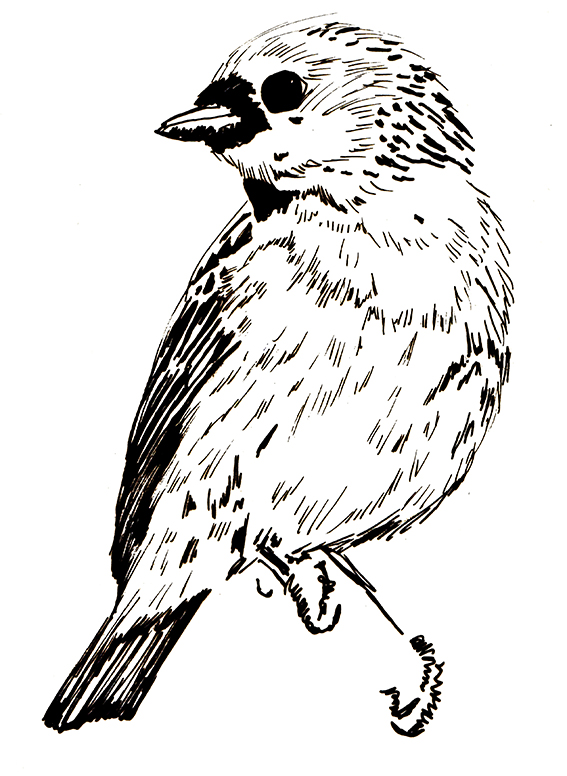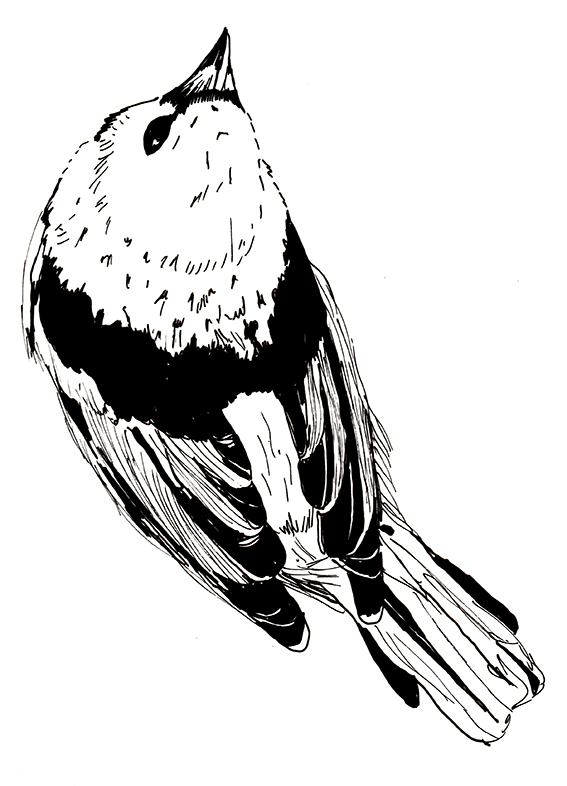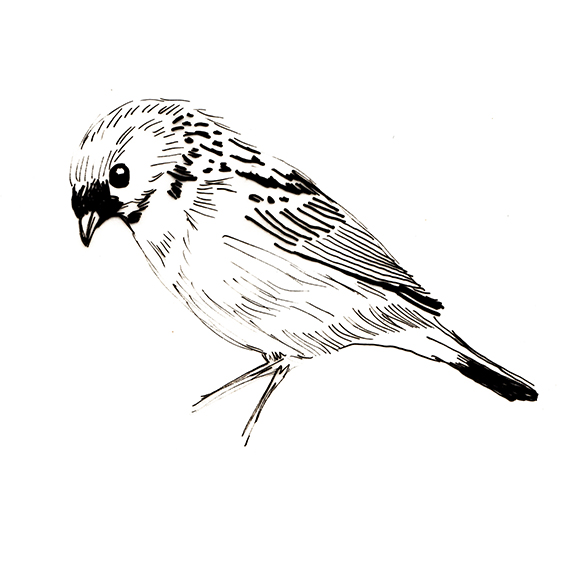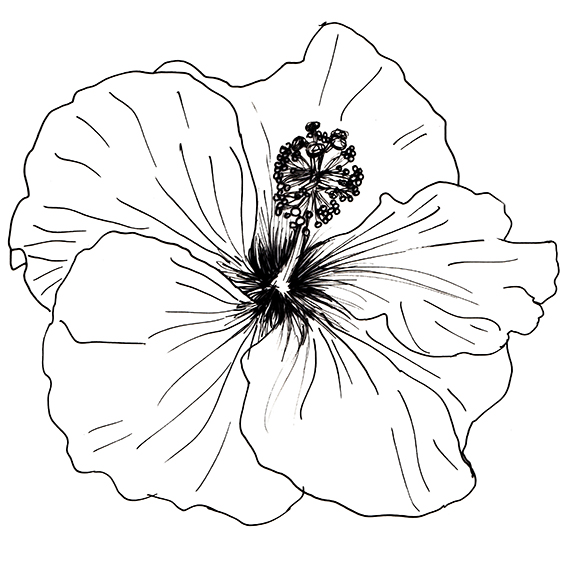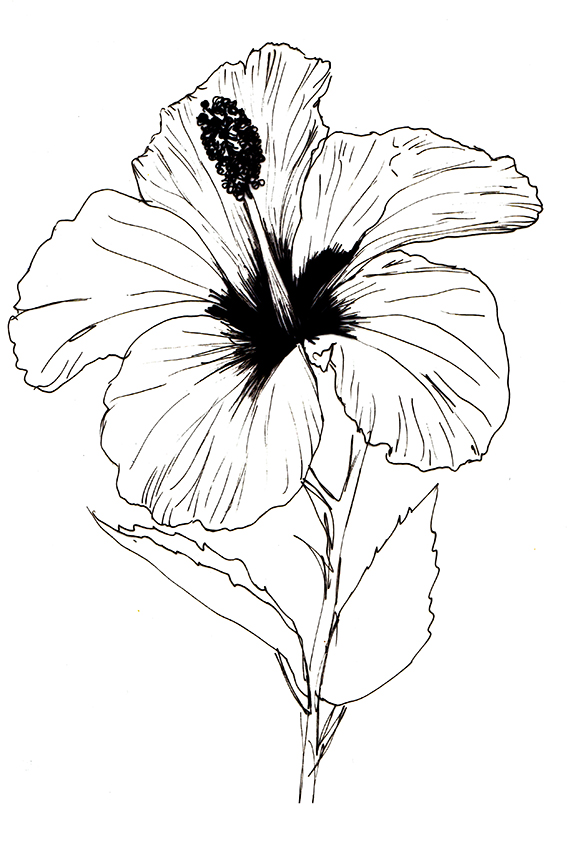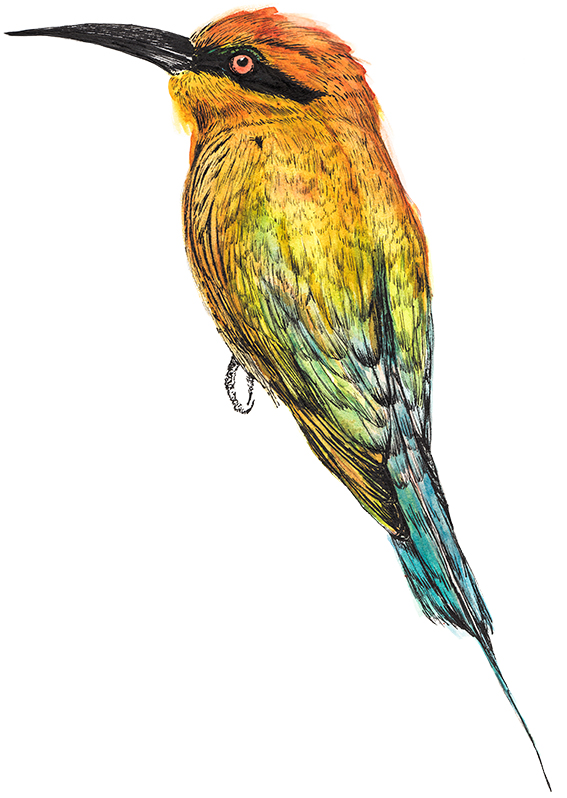
I told you I’d go for colour and perhaps on reflection I could have been more subtle in my finished illustration. Ah well next time (I intend to draw these birds a LOT).
Bee-eaters do actually eat bees. They remove the stinging part by repeatedly hitting and rubbing the insect on a hard surface, the subsequent pressure to the insect extracts most of the venom.
These birds are mainly native to Africa and Asia but you can see some in southern Europe, Australia, and New Guinea. And I spotted on Twitter the other day that someone had seen and taken pictures of a pair of European bee-eaters in Norfolk (I would LOVE to see them for myself).
The birds form colonies by nesting in burrows tunnelled into the side of sandy banks, such as those that have collapsed on the edges of rivers. Most of the species in the family are monogamous and both parents care for the young, sometimes with the assistance of other birds in the colony, isn’t that lovely? The more I learn about these birds the more I like them.

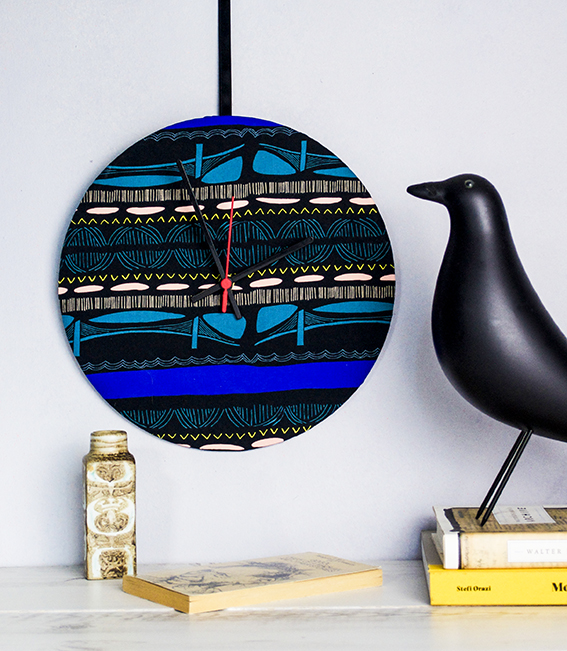 I used a kit from Dannells and teamed it with my flamingo print paper and a fabulous design (Leah Duncan’s Brooklyn Bridge Flare) from Art Gallery Fabrics.
I used a kit from Dannells and teamed it with my flamingo print paper and a fabulous design (Leah Duncan’s Brooklyn Bridge Flare) from Art Gallery Fabrics.
